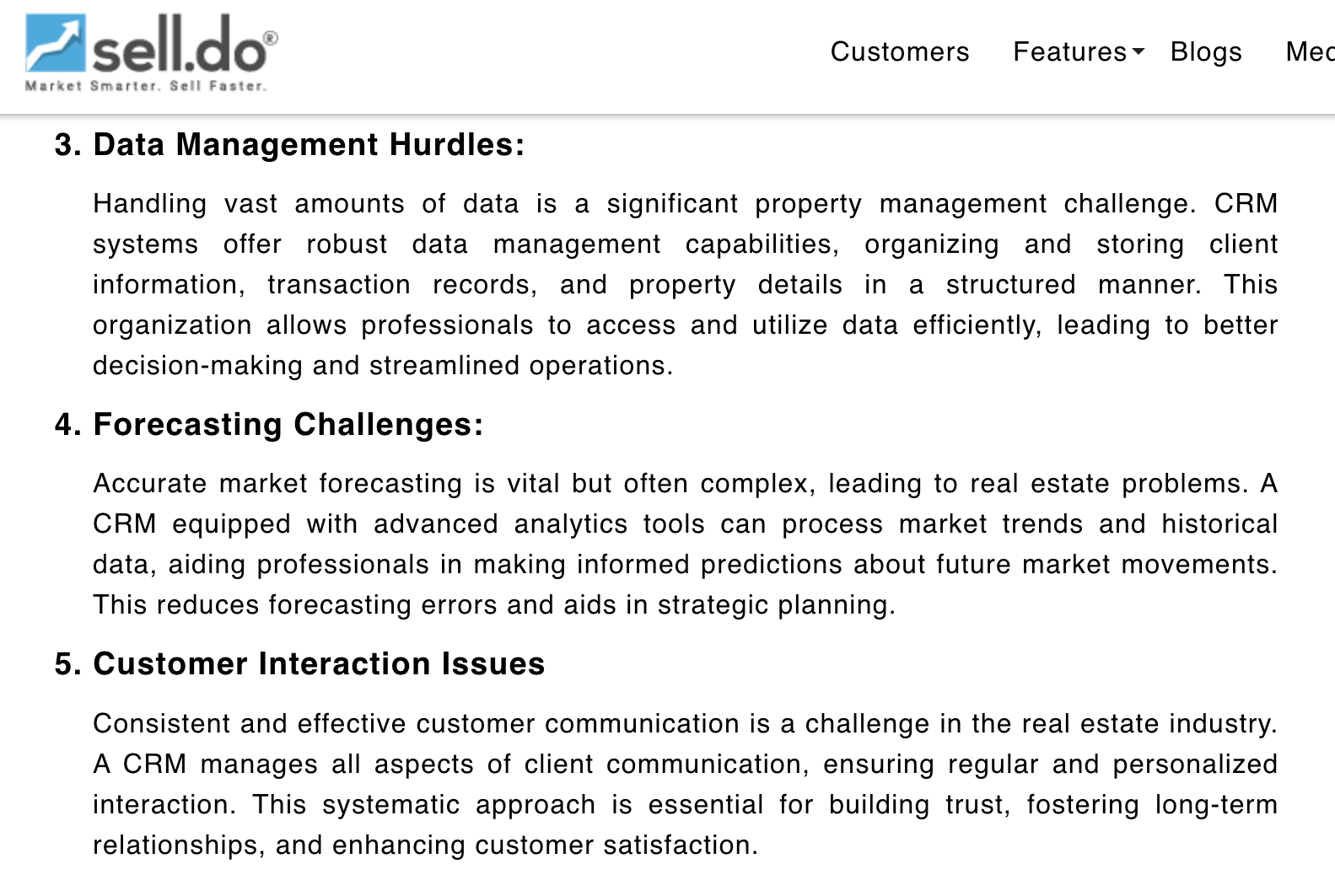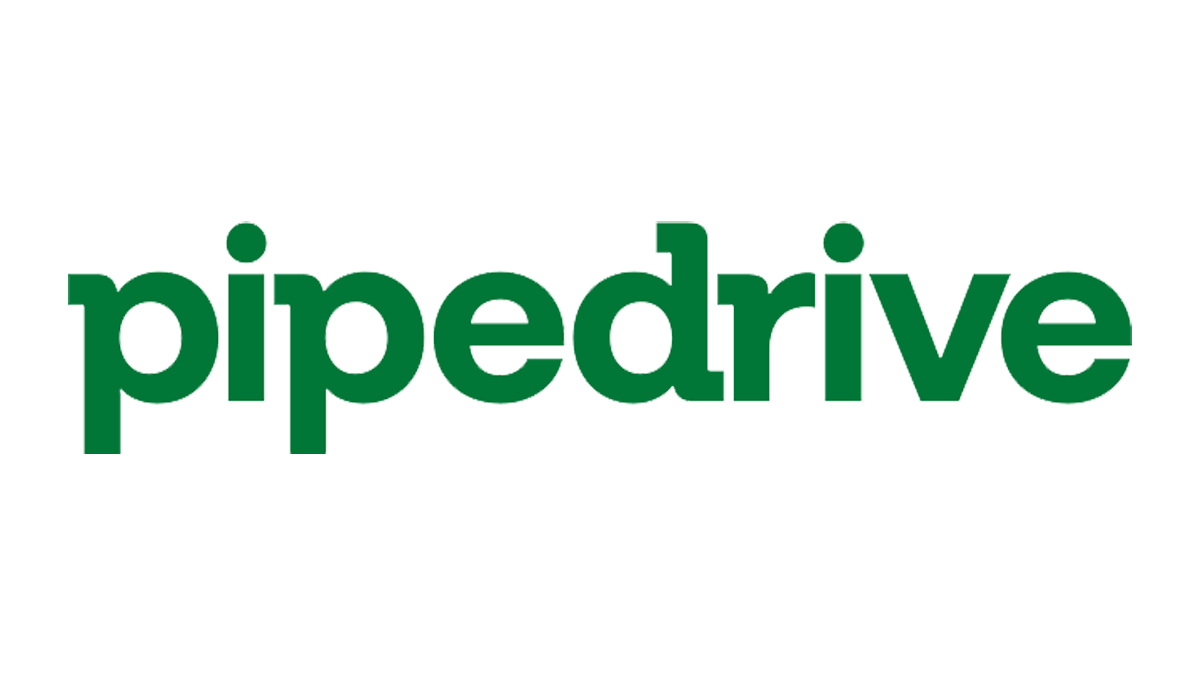📅 March 2024 | 👩💻 UX designer and researcher | 🛠 Figma, Salesforce
💼 demo designed for CRM (Salesforce) consulting startup
Learn why your real estate clients are or aren’t converting after the tours.
In real estate leasing sales, converting leads into signed leases often hinges on the experience clients have during property tours and several other factors, such as the unit’s details and the client’s lifestyle.
The platform focuses on tracking key touchpoints—especially what happens during tours—so that teams can better understand what influences client decisions. By capturing more nuanced client data and feedback at the tour level, the tool helps agents and decision-makers identify patterns behind successful and unsuccessful conversions.
😀 Solution: By making feedback capture more granular and visible with the right fields and information hierarchy, the design makes it easier for teams to analyze trends, understand lead behavior, improve their approach, and ultimately boost conversion rates.
Current and intended project impact:
For the company: building the demo served the purpose of increasing our sales by giving potential real estate clients a visual of our company’s Salesforce capabilities and real estate subject matter expertise.
For clients: each platform would be custom built according to the client’s unique needs. The demo only serves as a base version. I did not stay with the organization long enough to work with the new real estate clients, but if I had, I would have conducted user interviews to determine their optimal features and information hierarchy to solve their distinctive problems.
😩 Problem: These nuanced factors of why real estate leads convert or not often get lost in standard CRM workflows. When that data is messy, it’s hard for real estate teams to identify the real drivers of conversion to improve their leasing process.
➡️
The significance and impact of managing real estate leads:
Predicting whether a real estate lead will convert is notoriously complex because it depends on so many interconnected factors. Agents say it’s not just about price or availability—it’s about timing, the client's personal situation, market conditions, and especially the experience they have during tours.
Even if you can have the perfect unit for them on paper, but if the tour feels rushed or they sense the property isn’t well-maintained, they’ll walk. Even small details—like how welcoming the lobby felt or whether the leasing agent remembered their needs—could make or break the decision.
Factors that determine whether a client converts generally include:
Pricing + hidden fees
Unit location and features
Neighborhood
Agent experience — responsiveness, helpfulness, etc
Overall lifestyle fit
Life/financial stability
Perceived reputation and reliability of real estate company
A deeper look into current journeys in digitally managing real estate leads
I began my user research with secondary research through articles, social media, forums, and other studies on the typical workflows and needs of digital real estate lead management.
I then interviewed a subject matter expert who had over a decade of experience working in Salesforce for real estate firms specifically.
These were the most common pain points:
Difficulty staying in touch and building relationships with clients
Managing hefty paperwork that’s easily lost
Can’t tell how hot the lead is
Clients ghosting and rejecting
Critical information not centralized especially when maintaining multiple properties with many units
Lack of alignment when selling to groups — the person touring may not be the decision-maker
Clients may be disappointed due to comparison with property’s online photos/presence
Unexpected maintenance issues with the property
💼 📈 Taking business needs into account: Real estate firms often struggle with:
Spending too much on marketing for too few conversions
Unclear, scattered pipeline views
Alignment with organizational values and vibe
Making sure each agent discloses critical information about each property, such as safety hazards
From the article 7 Challenges That Can Be Solved By A Real Estate CRM
“We’ve stopped calling them ‘leads’...You have to look at them like they’re not a lead — they’re a relationship. Let’s call these people, people.”
- Emily Smith from Wemert Group Realty
🎯 Their main goal: keep as many units occupied as possible!
⚠️ Possible biases and constraints to consider
It’s important to note that this project took place within an organization with low design maturity and a limited budget. Because of that, I did not have the opportunity to interview many users beyond our staff and a subject matter expert. Fortunately, our subject matter expert, a certified Salesforce Administrator, had some UX training and understood usability concerns. She had many years of experience working with Salesforce’s real estate users and had a wide range of experience with user problems and successes. However, most of her experience was in commercial rather than residential real estate.
Additionally, this was my first B2B and real estate project, which means I may have missed details more experienced real estate and UX professionals might know.
👩💼 What are our hypothetical competitors like? What pain points do users have with them?
After speaking to the Subject Matter Expert who presented me typical user personas, user journeys, and their experiences with user pain points, I researched our potential competitors to see what pain points users typically have with real estate tools.
Common pain points I found were:
😞 too much of a learning curve
🧐 finding features can be cumbersome
😬 limited customization to a company’s unique needs
☹️ need more entry level guidance
😞 limited filtering
📝 can’t create templates
😬 adding fields to certain pages
📵 limited mobile capabilities
📅 outdated help section
👩💻 So what do users and businesses look for in real estate sales management tools? What are their goals?
Below is a summary of typical (user and business) needs and concerns I discovered through secondary and primary user research.
📑 Unified workflows
It’s annoying jumping between too many tabs or screens to see client info, tours, and lease details.
What if these workflows change? Customization would be nice.
Because of the lack of centralization, key details fall through the cracks such as maintenance details.
The UI design is hard to use, such as buttons being hard to find or visually misleading.
🗂 Information architecture
It would be nice to have the information organized in different ways, such as the ability to view tenants by property, by agent, by unit, etc. Not just an unorganized view of all tenants.
We should be able to integrate our software with others for ease of use.
Typical workflows shouldn’t take too many clicks.
Eliminates the need to rely on Excel and other outside spreadsheets.
⚒️ The right features
Automating birthday and other emails such as replies
Need to see who the property manager for a particular tour and property is and their availability
It should be easy to generate reports. Dashboards should be easy to read.
Sometimes, we want the option to stick with an older version.
Need to see details about tenant move-in and move-out, such as estimated dates
🤔 Other
Commercial and residential management has different needs. We should be able to switch between different modes or the platform should be more inclusive.
Need more insights into why customers convert or not: what happened during the tours? Who gave them the tours? What were their reactions?
Whatever cuts down on agent paperwork so they can spend time selling and keeping all our units occupied!
Mockups:
⚠️ Again, this demo only reflects a part of the typical real estate leasing tool the company would build for clients. Not all features of a typical real estate leasing management tool were built, as this is meant to be a generic sample to be later customized by the clients.
Sample flow: monitoring properties
One of the most critical needs in real estate management tools is an organized, centralized database of the firm’s properties. I customized the upper white tabs to reflect a an information architecture consistent with the mental models learned from using typical real estate tools.
I customized the fields on the property details screen to align with the information real estate agents need most to keep their occupancy full. This mostly includes critical property details and the percent leased and occupied.
❌ In retrospect, I should have also added a field specifically for “problem units”, as this makes it easy to consistently identify patterns units that are difficult to lease, enabling teams to identify patterns. In my original design, I delegated this to the Notes section. However, this risks such important information being overlooked.
🔔 Not pictured: the user receives notifications when occupancy drops below a certain rate.
❌ I should have also added a module within each property’s profile to include all their suites rather than making the user view suites in a different tab, which would have better addressed the pain points described above.
Opportunity management
I customized the fields of Salesforce’s default opportunity manager screen in a way that helps tracks lease expiration and other crucial details such as rent per square feet.
🔔 Not pictured: the user receives notifications when a lease expires or is close to expiring.
Viewing tours and leads
I configured Salesforce’s standard lead screen by adding fields for the lead’s corresponding property/suite, tour info, and a description for the sake of capturing more qualitative information to tell more of a story that the numbers alone can’t.
As implied, the tour is often what makes or breaks a lead’s decision to convert or not. I created a custom module just for the Tours page to capture the who, what, when, where, and even the why of the tour.
Structuring so many details of such a pivotal moment in real estate sales helps firms better understand lead behavior.
KPIs
I worked with our Salesforce Administrators to determine what KPIs our potential real estate clients should pay attention to should they implement this.
📈 To measure the success of this product, our clients should mainly look at:
Lead-to-tour conversion rate
How many leads result in scheduled tours?Tour-to-application or tour-to-lease conversion rate
How effective are tours at moving clients forward?Average time to lease a unit
How many days a unit sits vacant before being leased?Occupancy rate/vacancy rate
Overall % of leased vs. available units per property.Lost deal reasons (categorized)
Trends in why leads don’t convert (price, location, timing, etc.).Revenue per unit or property
Rental or sales income tracked per listing or building.
👩💻 To measure how well their teams have adopted Salesforce internally:
User login frequency
How often agents log into Salesforce.Mobile usage rate
% of users accessing Salesforce from mobile devices (important for on-the-go agents).Feature usage rate (e.g., tour logging, follow-up templates)
Which tools are being used and which aren’t.AI insight engagement
How often AI-generated summaries or recommendations are viewed or acted upon.
🤔 Hypothetical future considerations
I left the company shortly after creating this demo, but I do know it did lead to an increase in sales to real estate clients.
If I’d had the chance to customize this demo for actual real estate clients, I would have:
Conducted user interviews with several real estate professionals to learn about their technical and business concerns specific to their organization rather than relying on the general information above
Conducted stakeholder interviews to learn business needs with executives, directors of leasing/sales, operations leads, Salesforce admins
Shadowed real estate professionals on their tours
Learned more how current tools, such as the competitors above, are used
Learned more about edge cases
Tested it for the KPIs mentioned above
Conducted usability studies, of course
…and much more!









